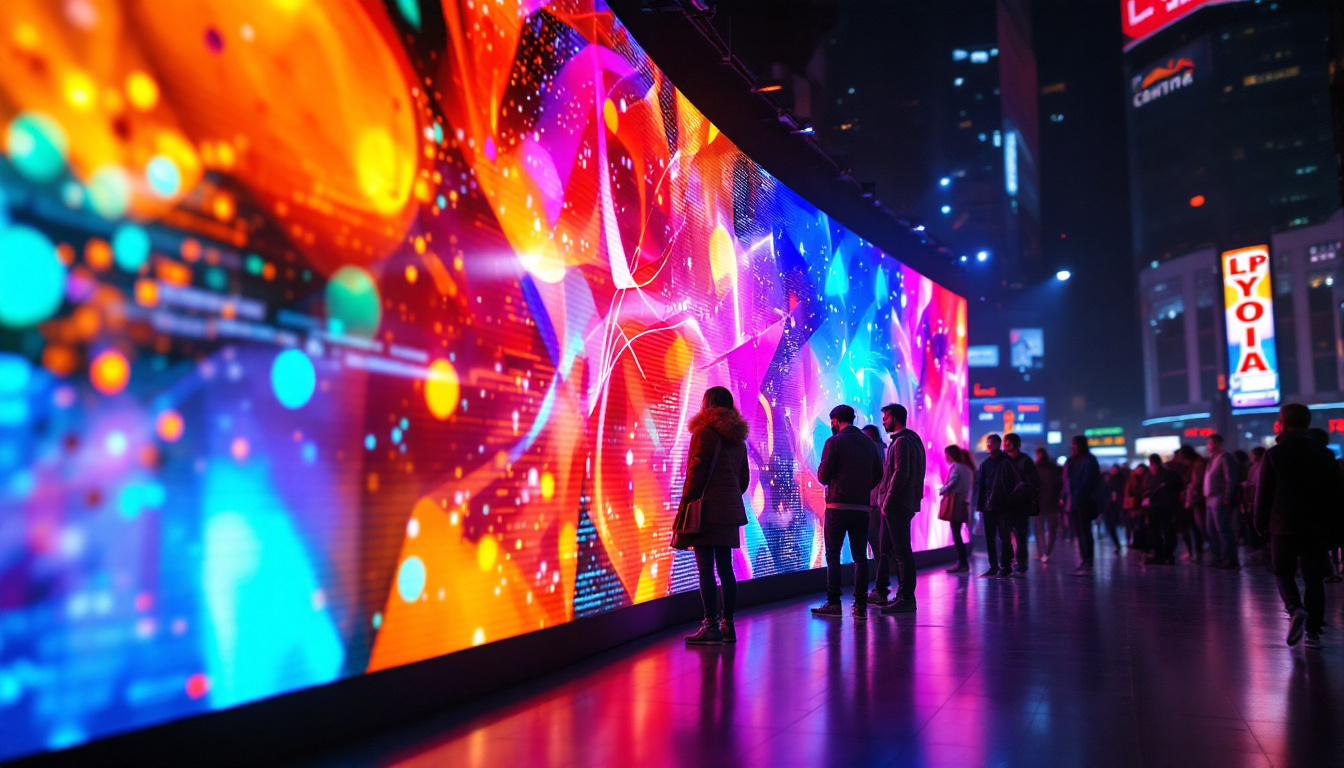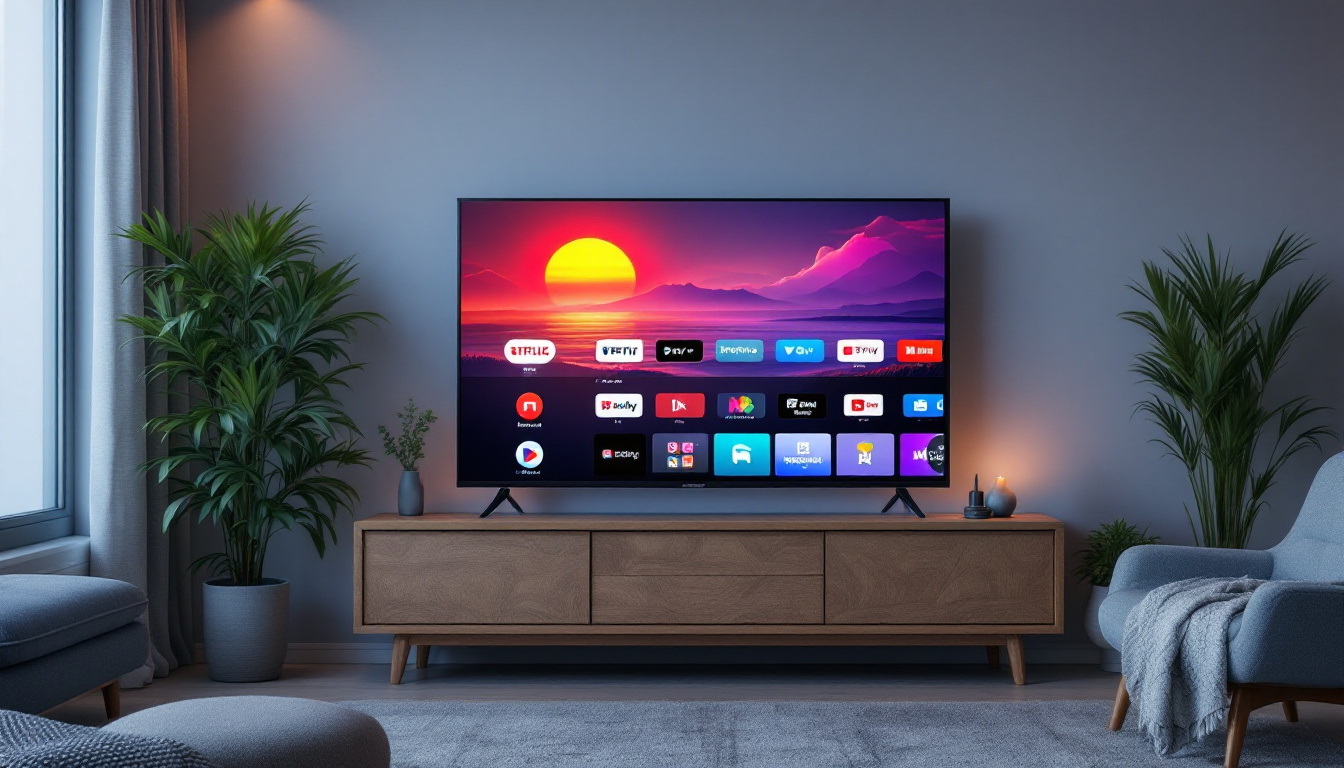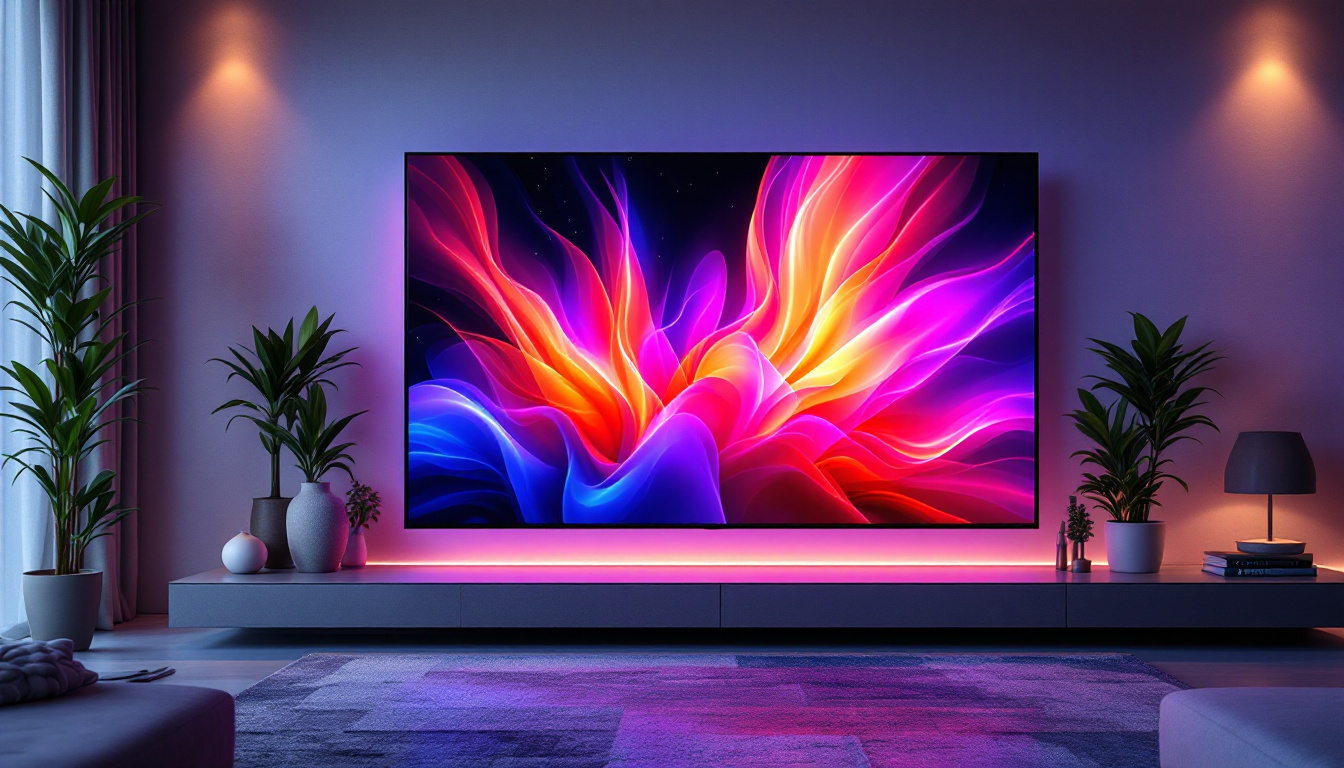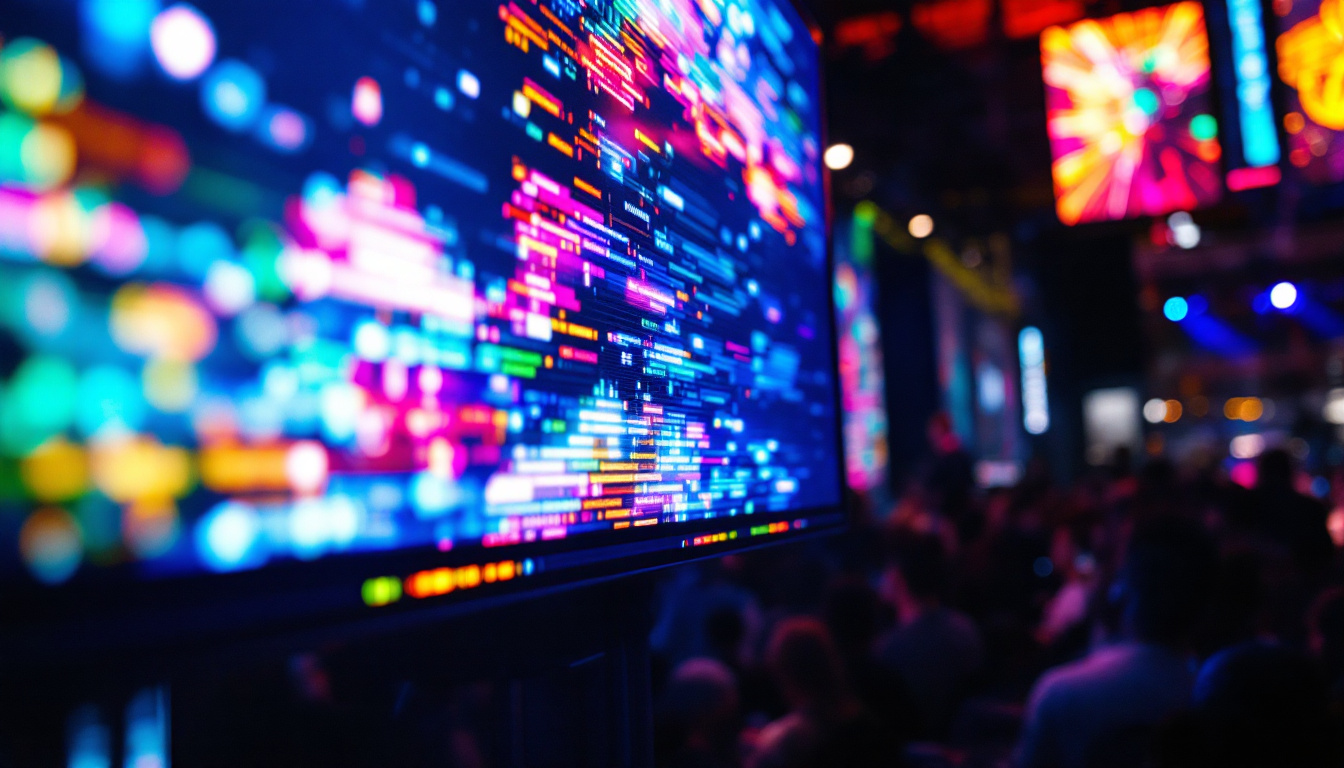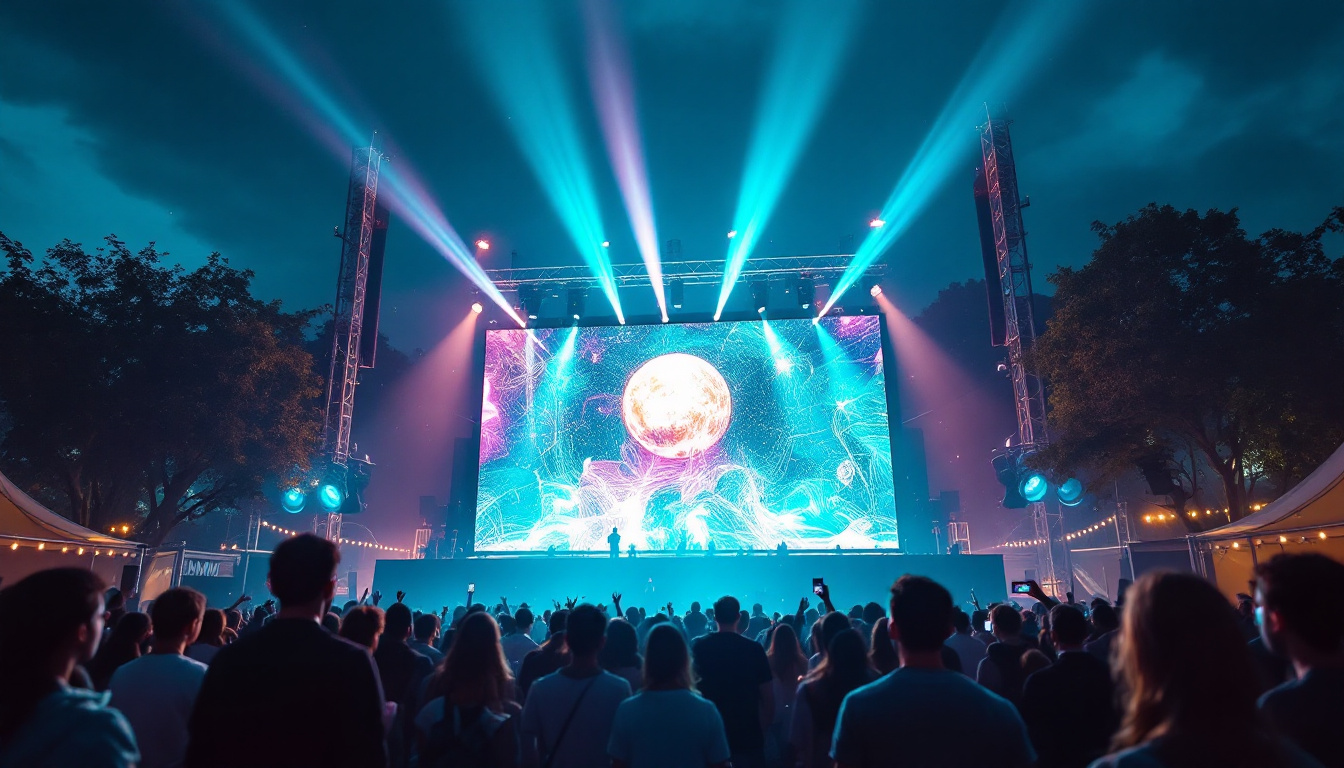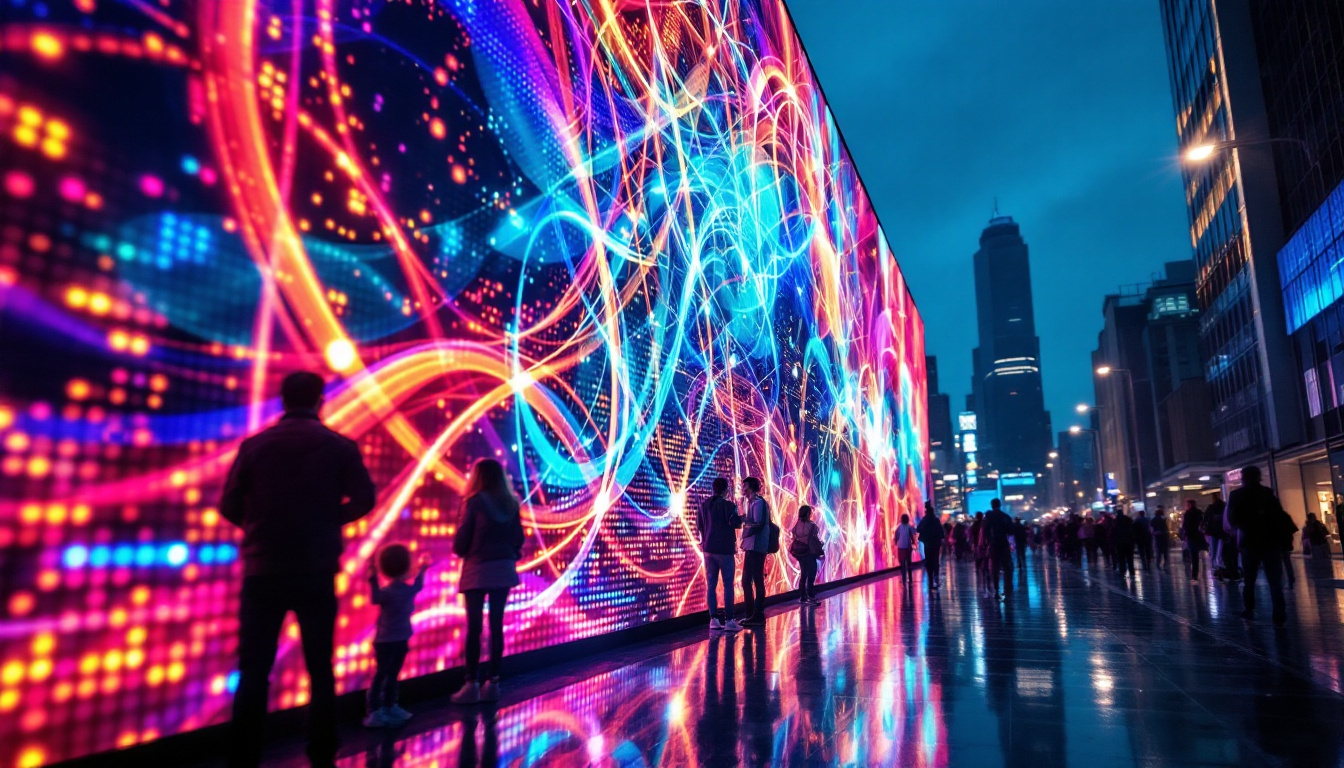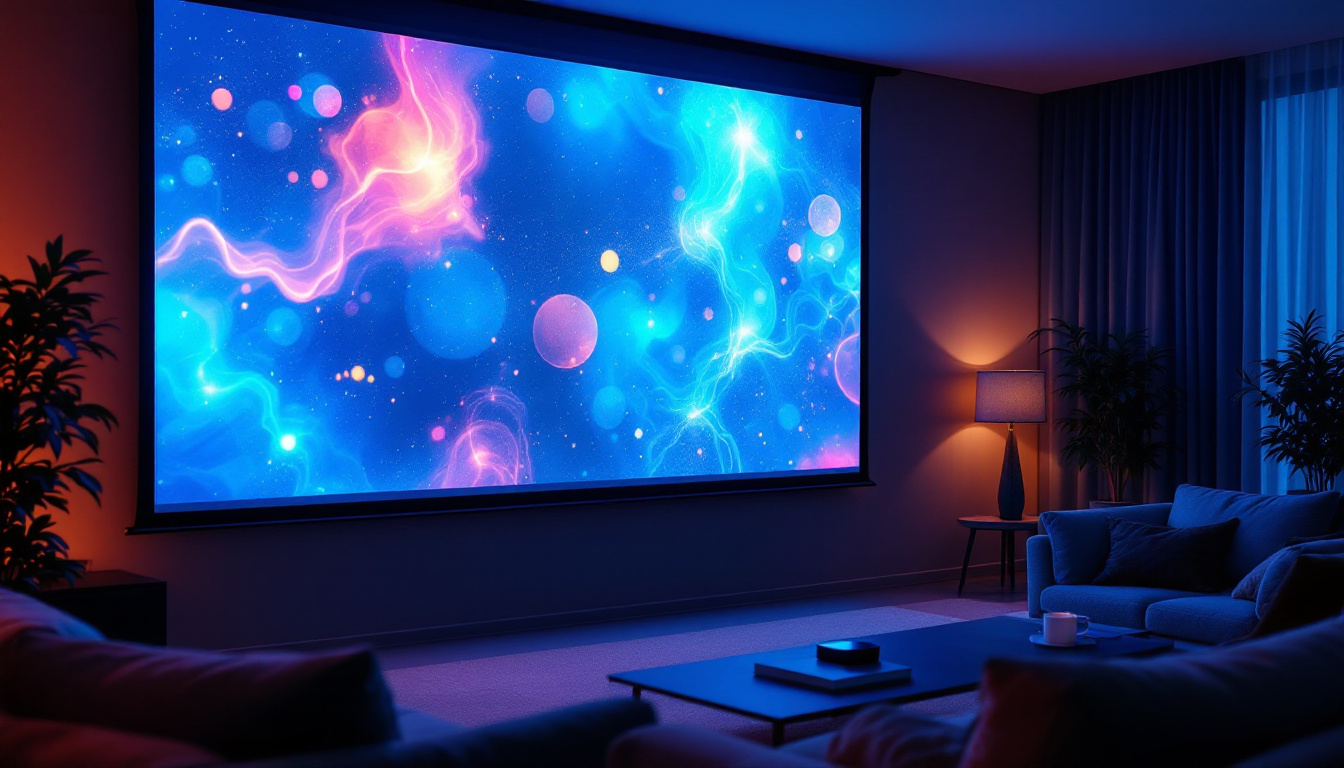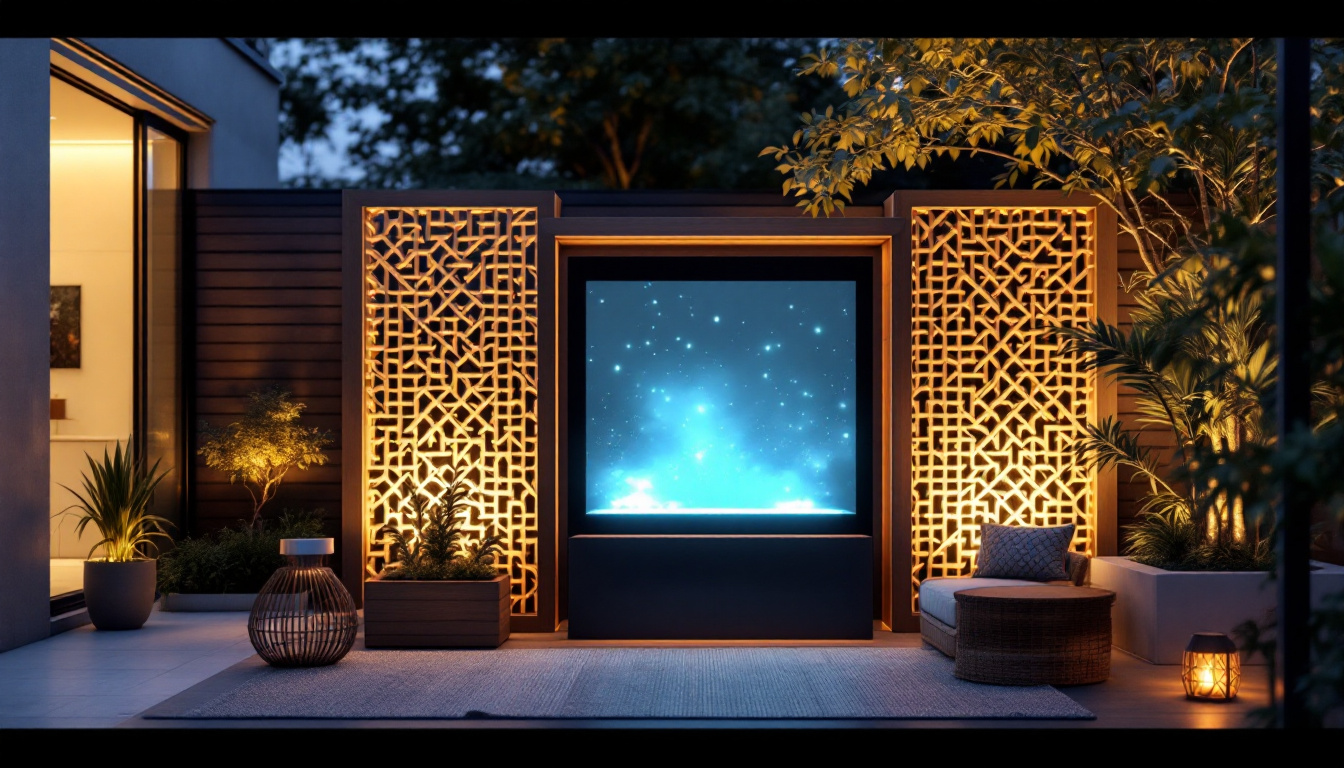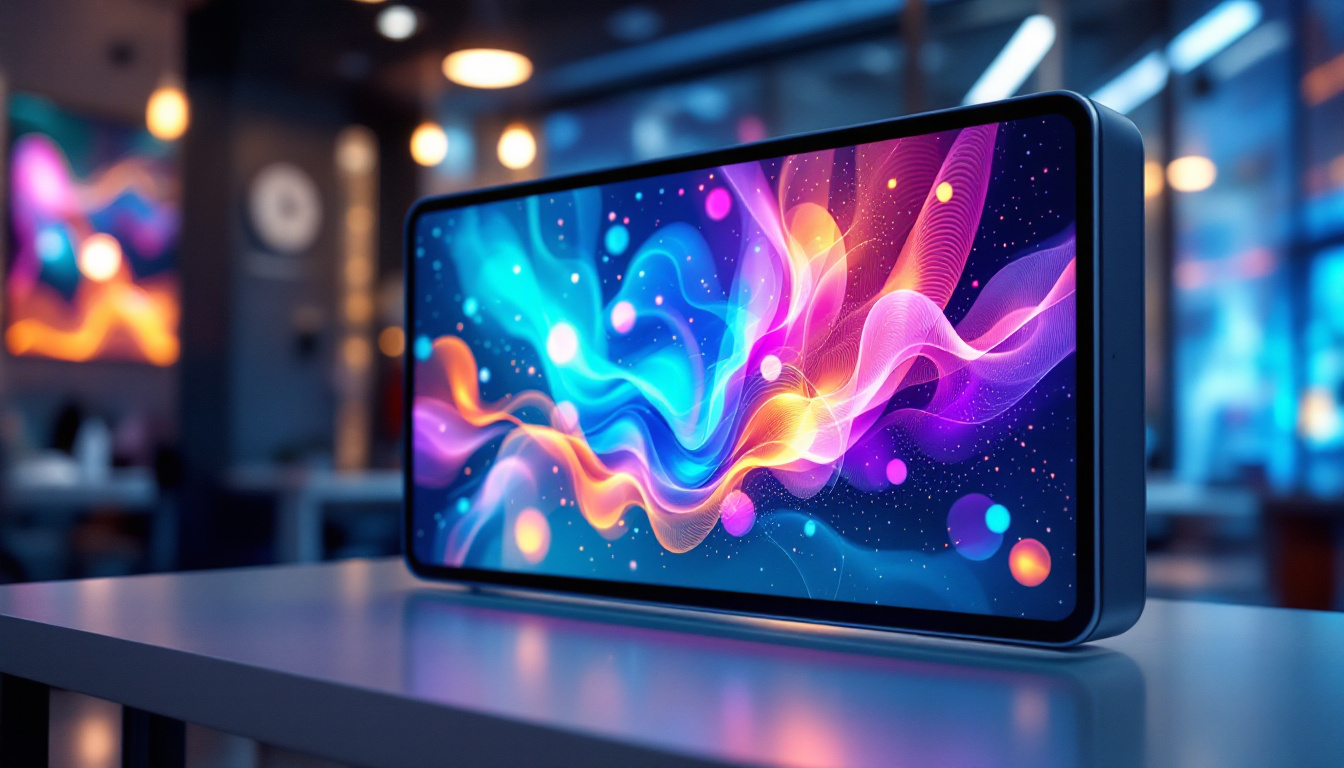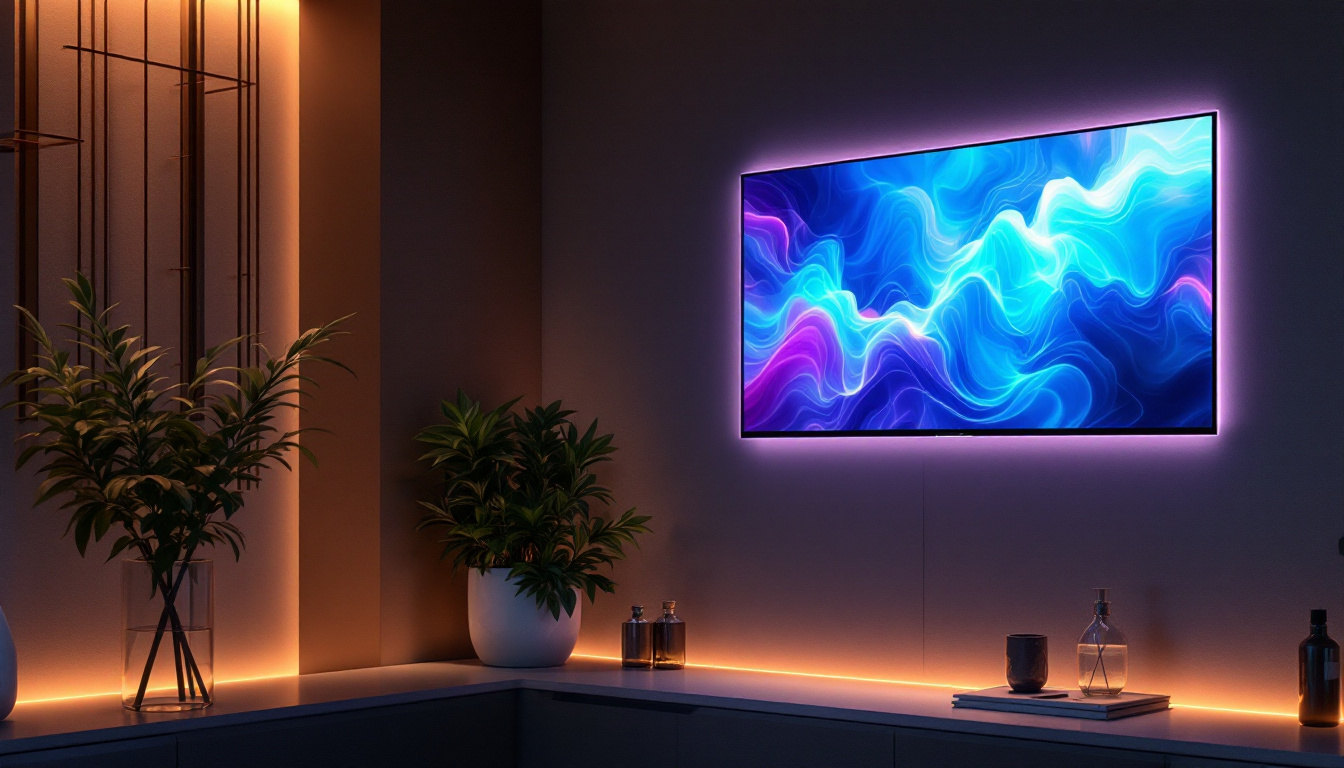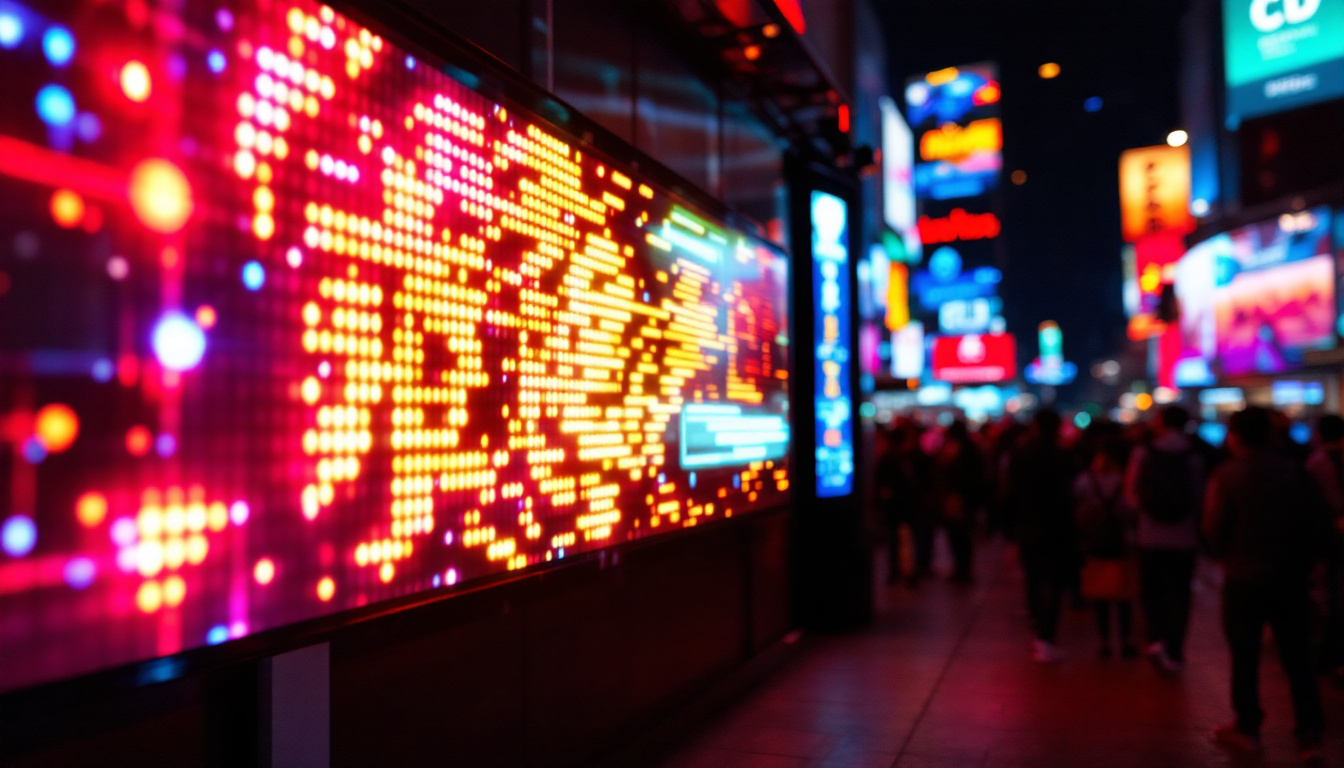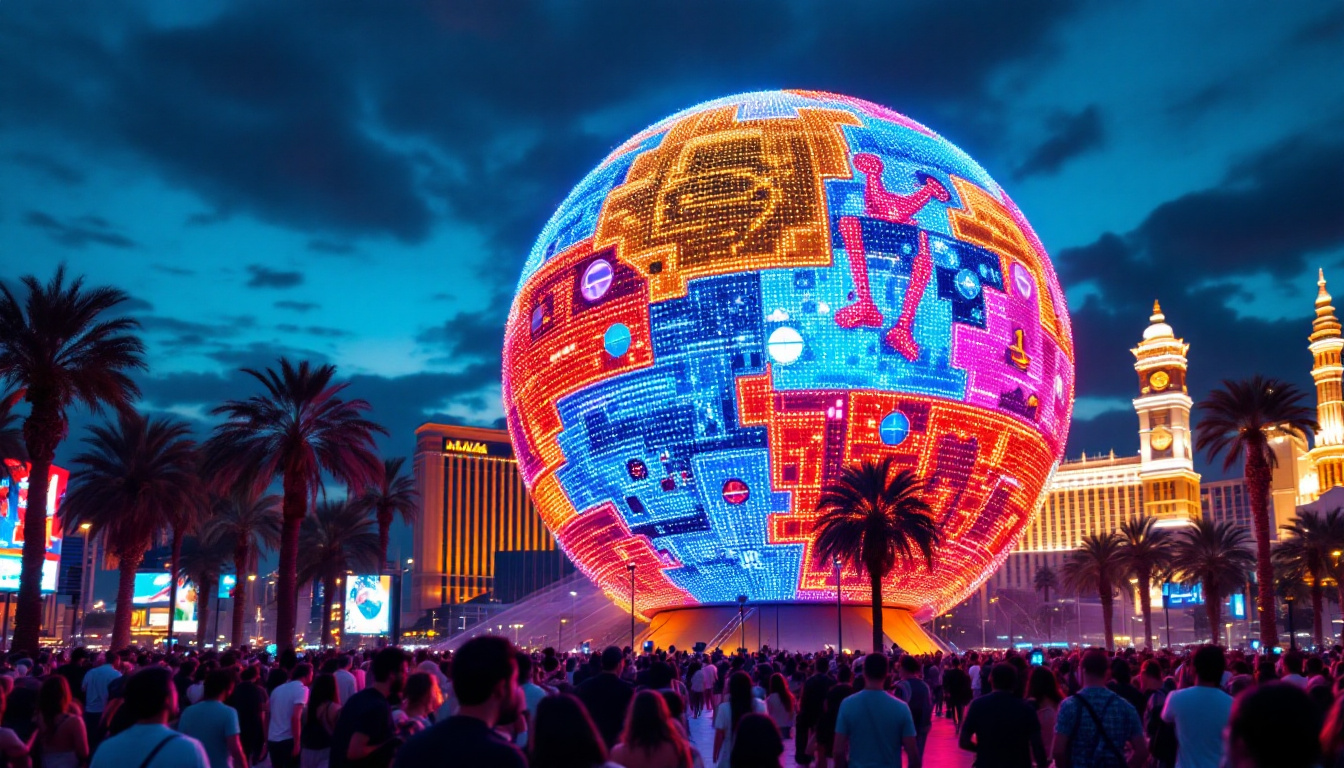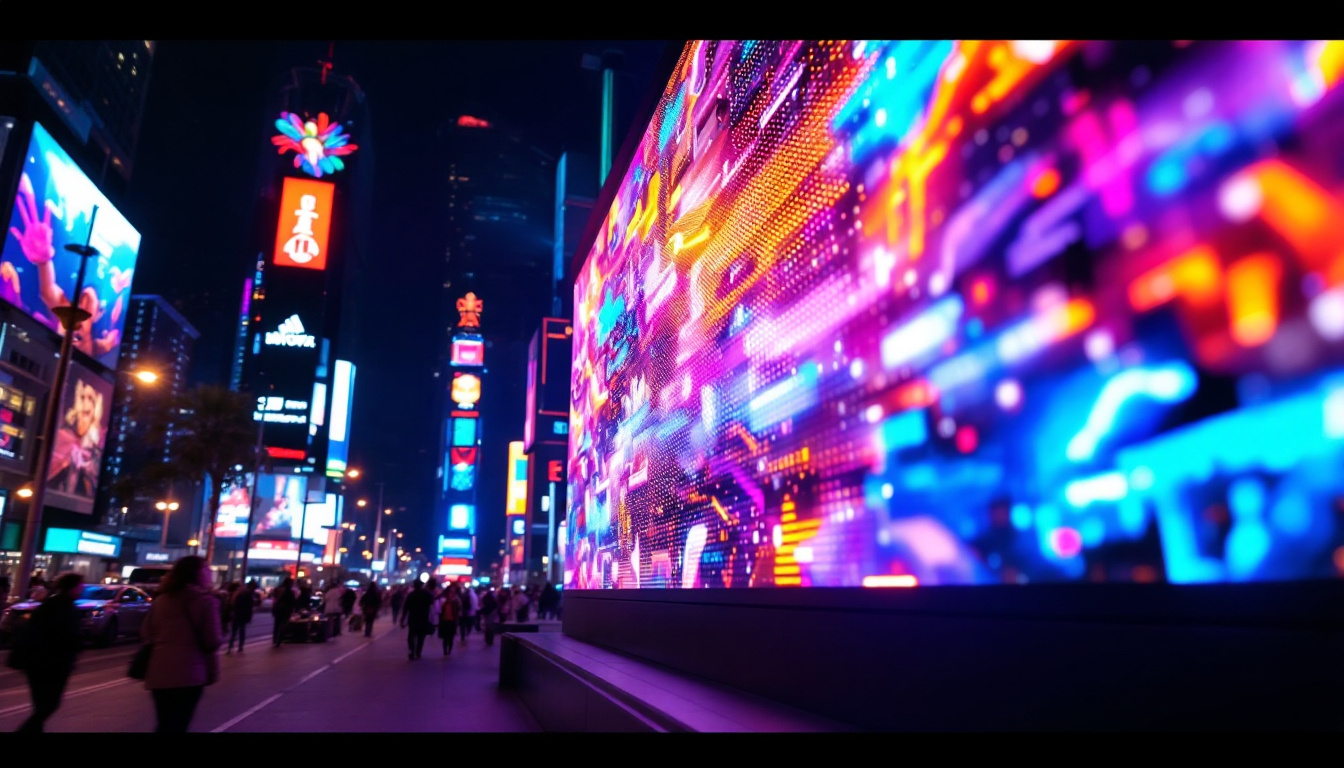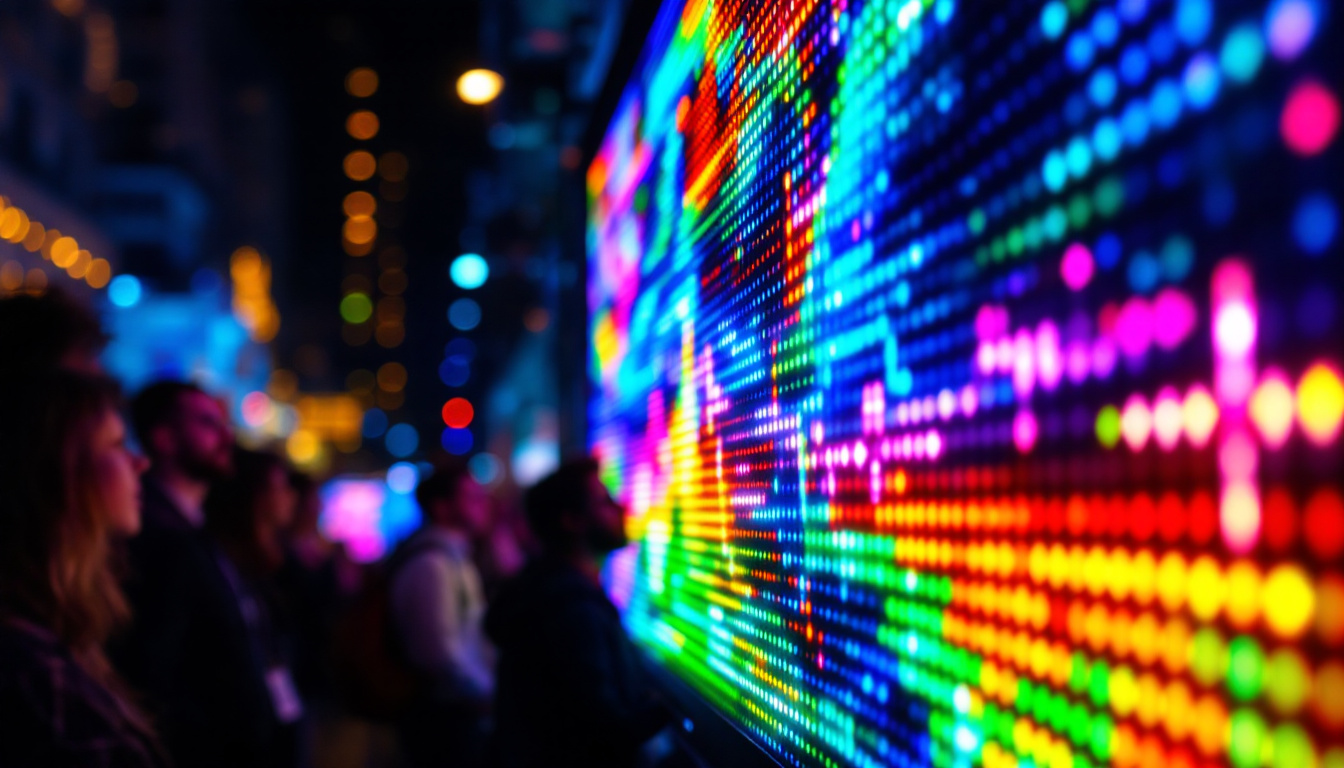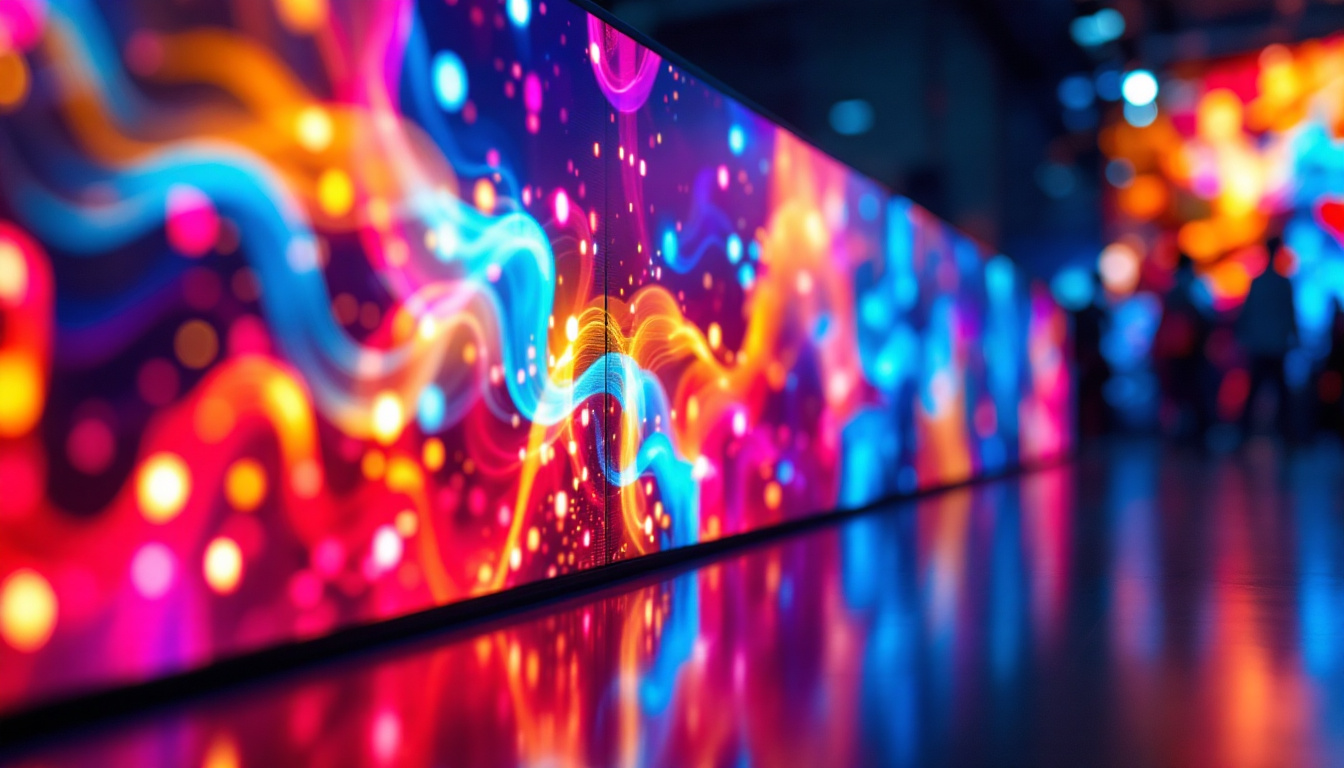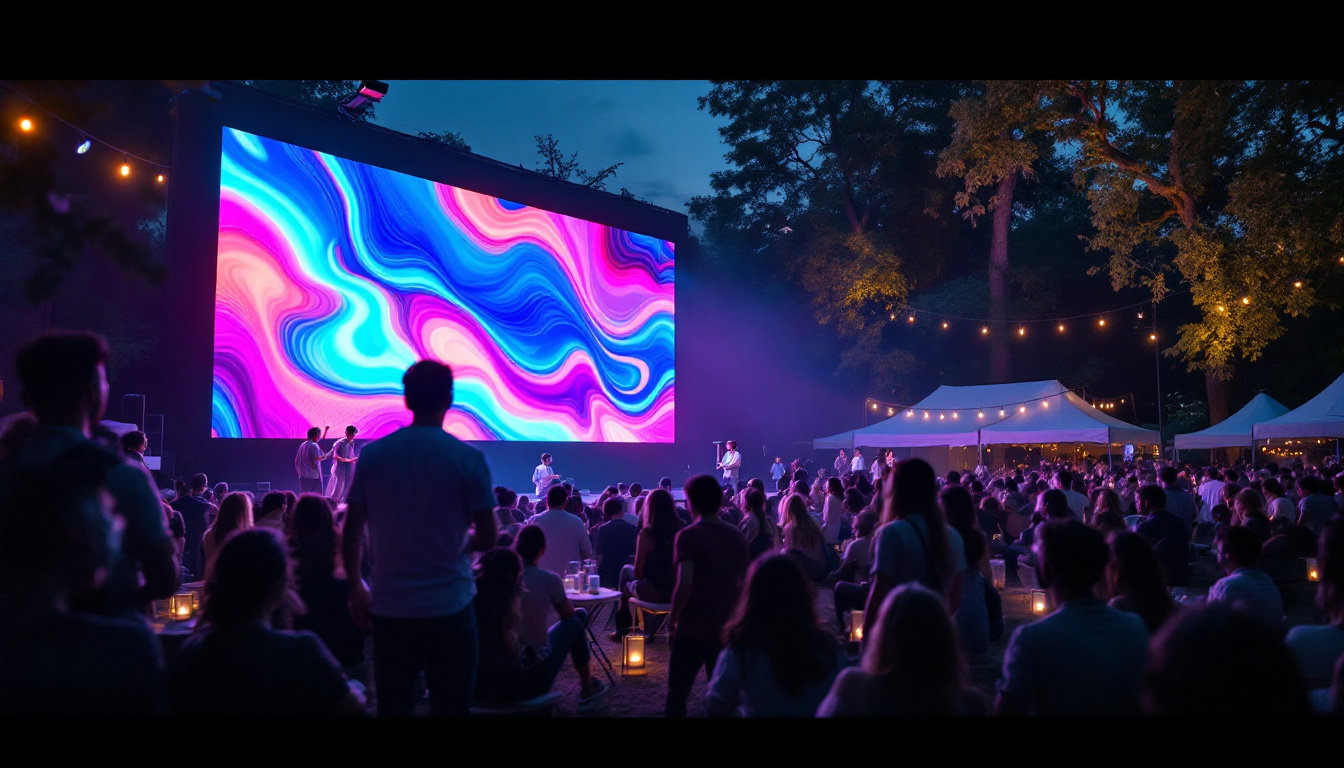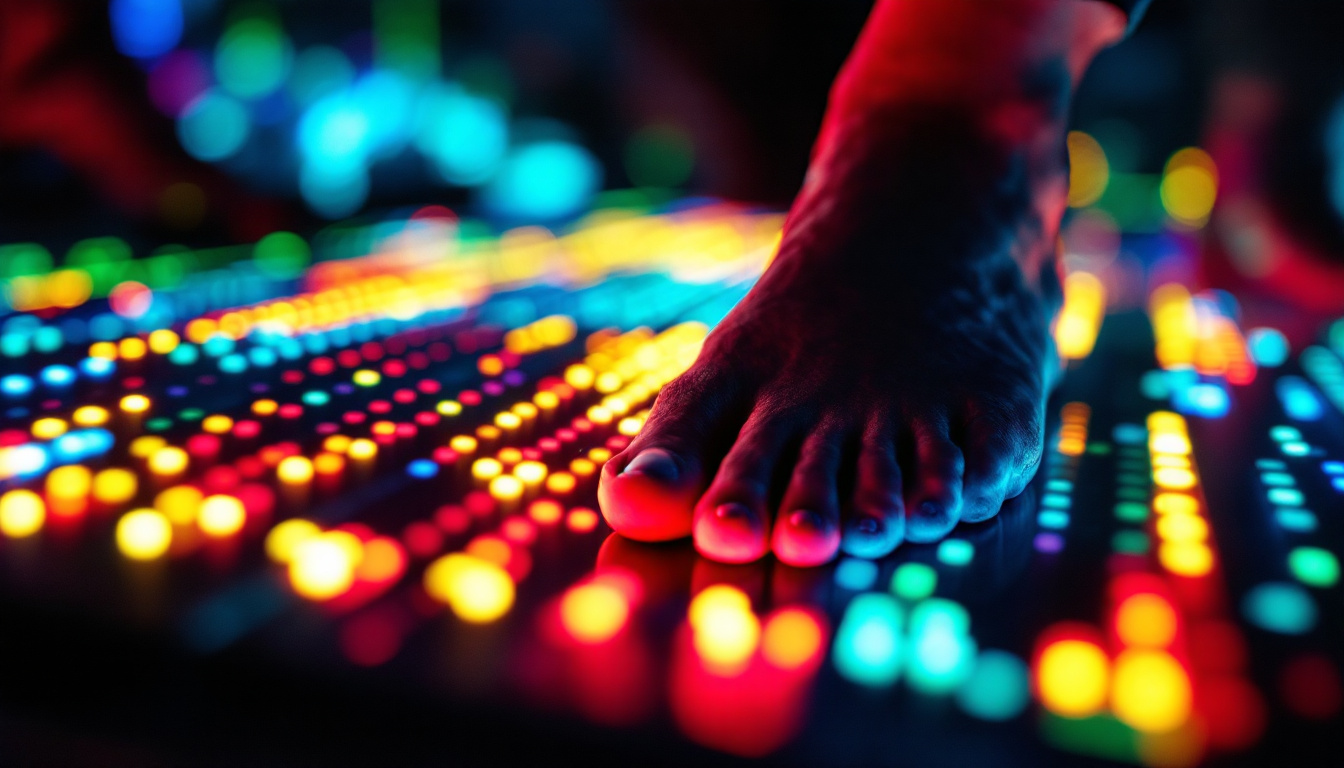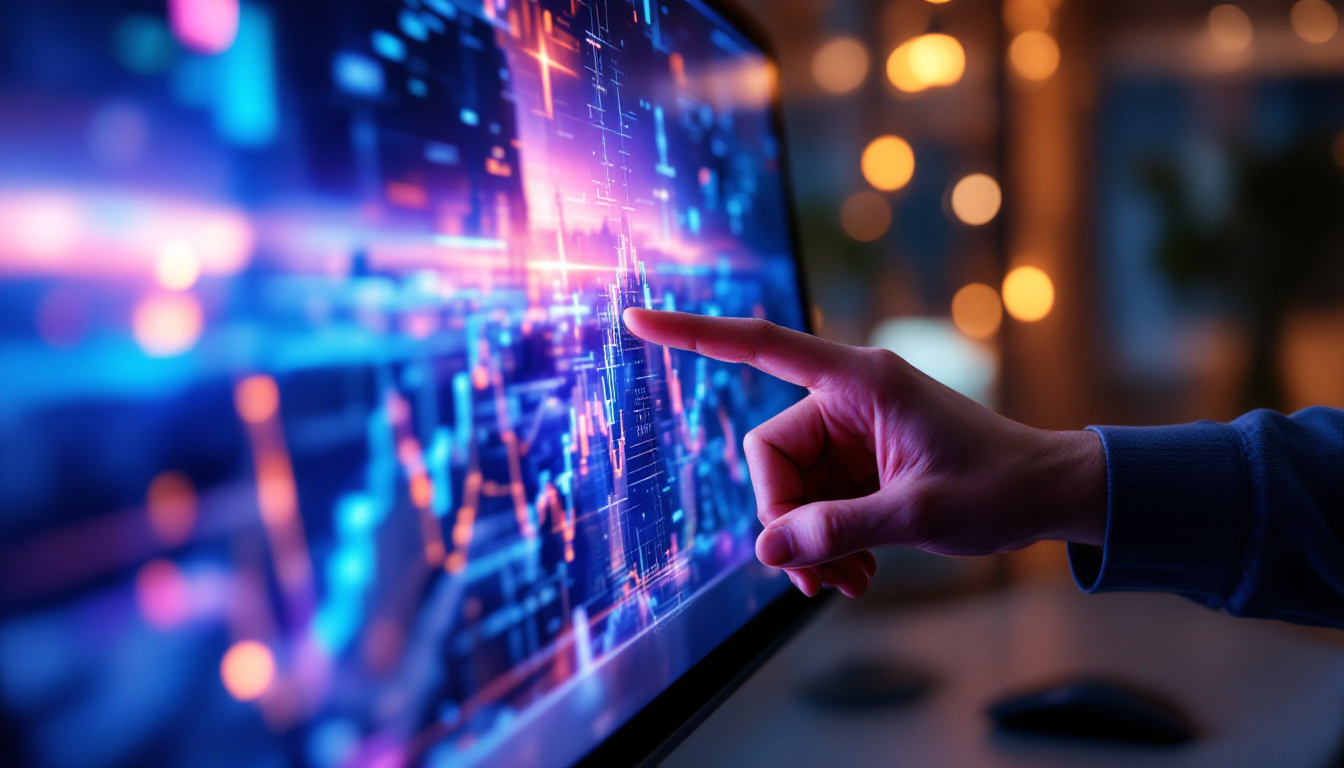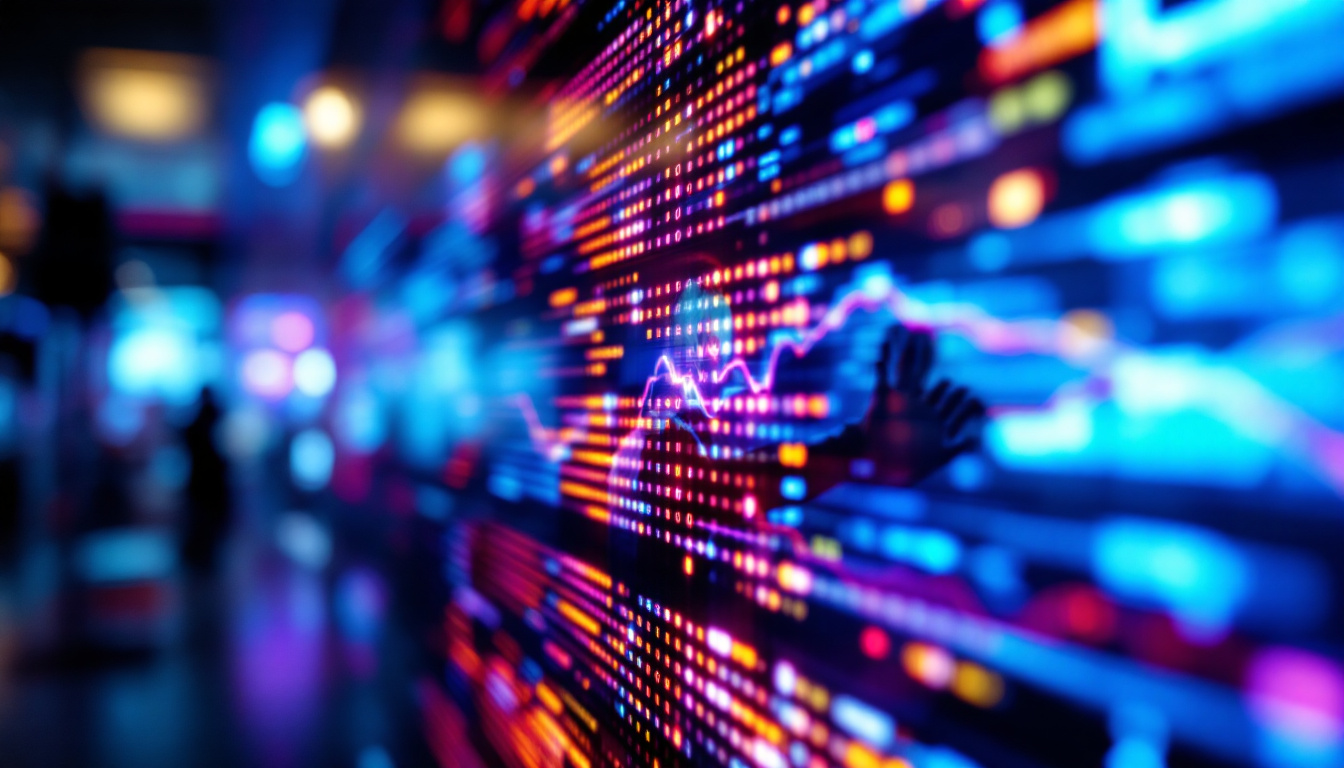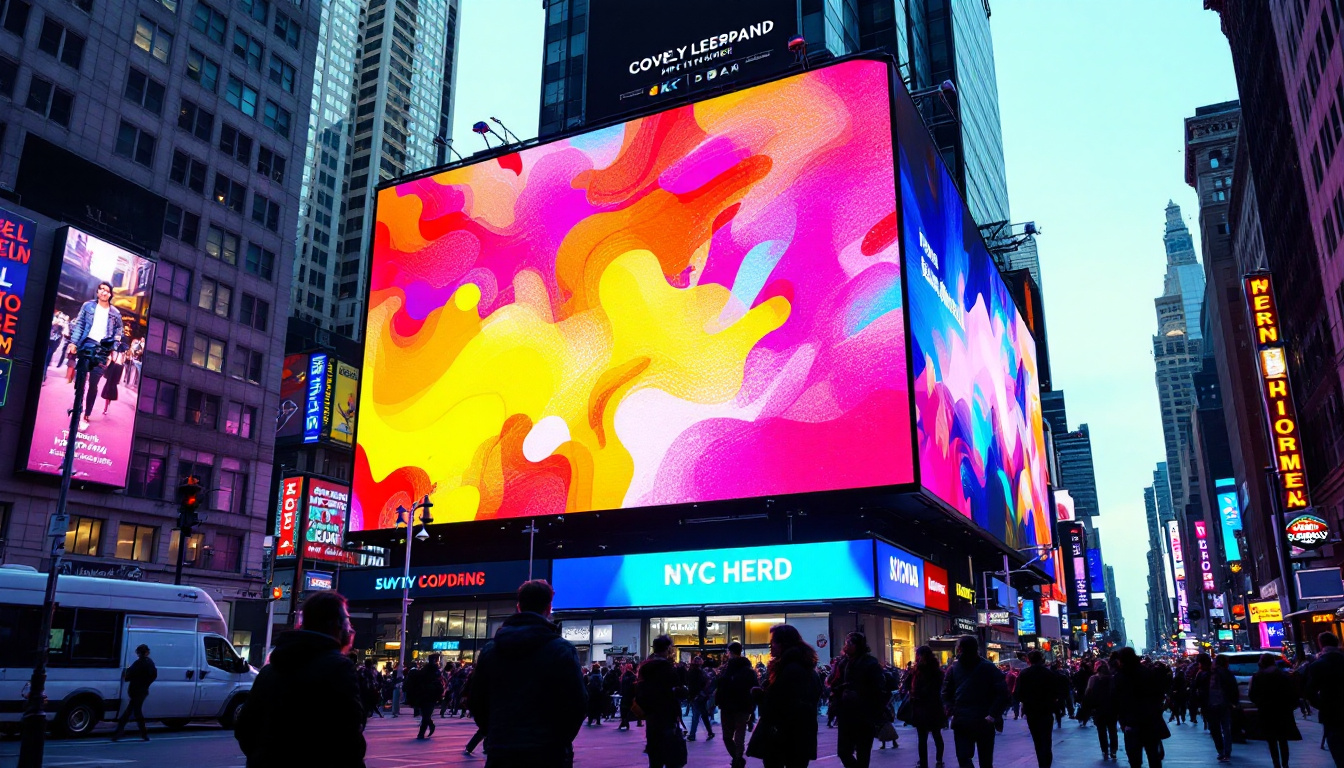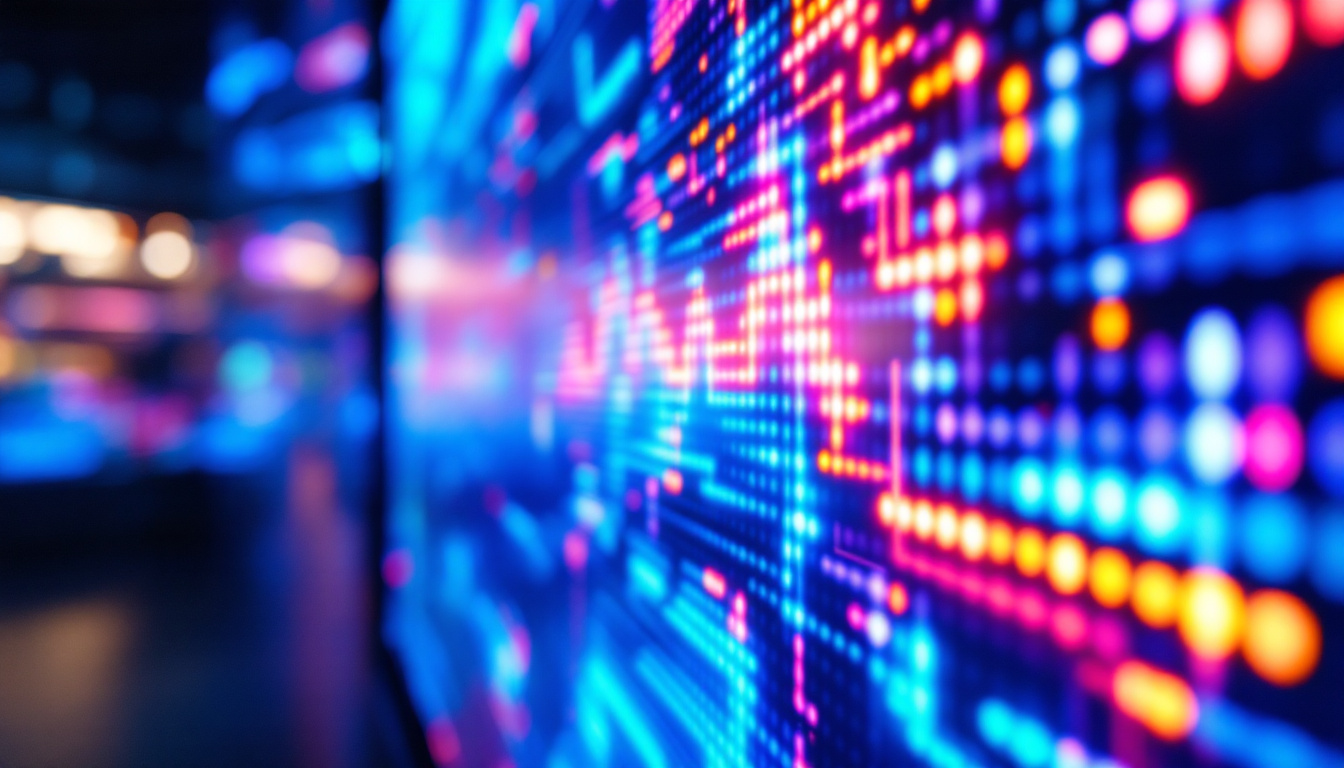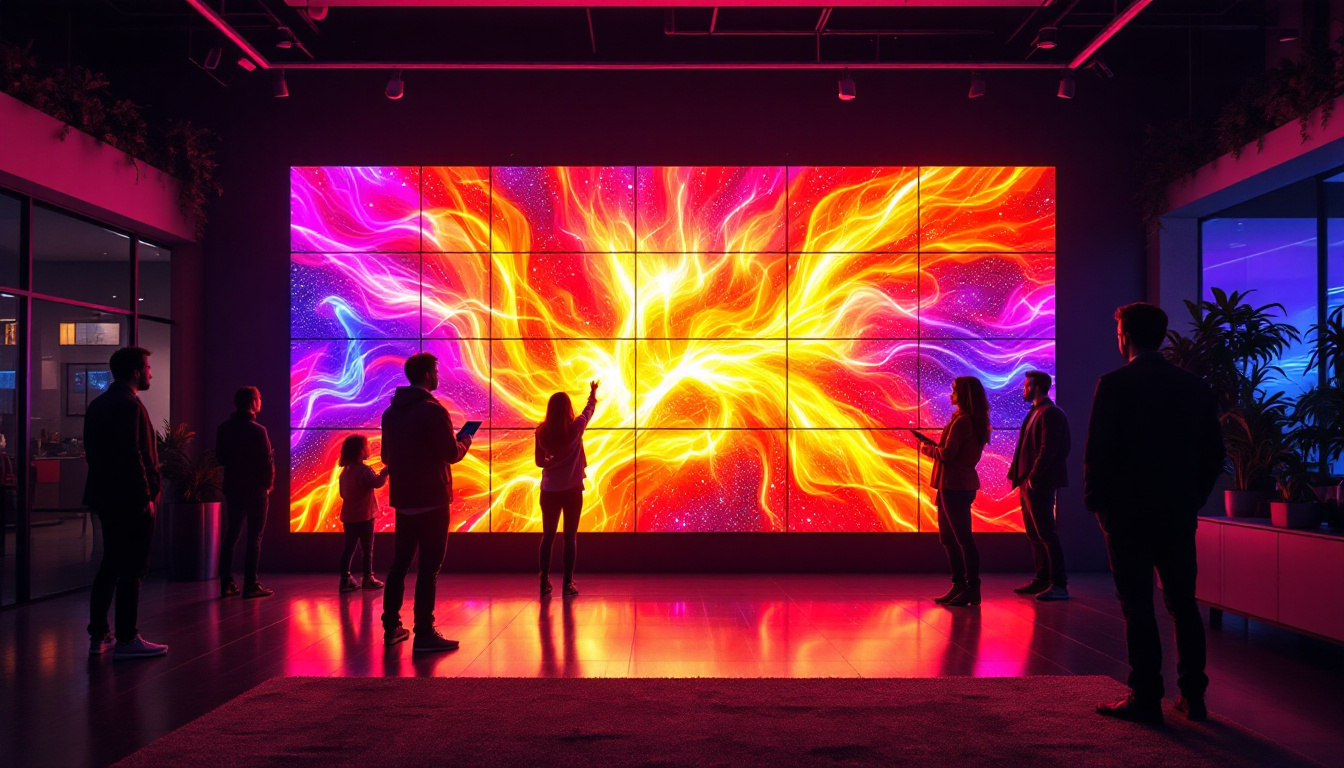In recent years, LED displays have transformed the way information is communicated, offering vibrant visuals and dynamic content that capture attention. From advertising billboards to indoor screens in shopping malls, the impact of LED technology is profound. This article delves into the various aspects of LED displays, examining their technology, applications, and the cultural significance they hold in modern society.
Understanding LED Technology
Light Emitting Diodes (LEDs) are semiconductor devices that emit light when an electric current passes through them. Unlike traditional lighting methods, LEDs are energy-efficient and have a longer lifespan, making them a preferred choice for various applications. The technology behind LEDs has evolved significantly, leading to the development of high-quality displays that can be used in numerous settings. The rise of LED technology has not only transformed the lighting industry but has also paved the way for advancements in smart lighting solutions, where LEDs can be controlled remotely and programmed for various effects.
The Basics of LED Operation
At the core of LED technology is the principle of electroluminescence. When electrons move through the semiconductor material, they release energy in the form of light. This process is not only efficient but also allows for a wide range of colors to be produced by varying the materials used in the semiconductor. The combination of red, green, and blue (RGB) LEDs can create millions of colors, enabling stunning visuals. Furthermore, the ability to modulate the intensity of light emitted by LEDs allows for dynamic lighting effects, which can enhance mood and ambiance in both residential and commercial spaces.
Types of LED Displays
LED displays come in various forms, each designed for specific applications. The most common types include:
- Direct View LED Displays: These displays consist of individual LED modules that are assembled to create a larger screen. They are often used in outdoor advertising and large venues, such as stadiums and concert halls, where visibility from a distance is crucial.
- LED Backlit Displays: These screens use LEDs to illuminate an LCD panel from behind, enhancing brightness and contrast. They are widely used in televisions and computer monitors, providing sharper images and deeper blacks compared to traditional fluorescent backlighting.
- Flexible LED Displays: These innovative displays can be bent or shaped to fit various surfaces. Their versatility makes them ideal for creative installations and unique architectural designs, allowing artists and designers to push the boundaries of visual expression.
In addition to these types, there are also specialized LED displays such as transparent LED screens, which allow for visibility through the display while still showcasing vibrant content. These are particularly popular in retail environments where brands want to maintain an open feel while still advertising their products. Moreover, the development of microLED technology promises even greater advancements, offering higher resolutions and improved energy efficiency, which could revolutionize everything from smartphones to large-scale digital signage.
Applications of LED Displays
The versatility of LED displays has led to their adoption across multiple industries. Their ability to convey information effectively and attractively makes them invaluable in various contexts.
Advertising and Marketing
One of the most prominent uses of LED displays is in advertising. Billboards and digital signage in high-traffic areas leverage the bright, eye-catching nature of LEDs to capture the attention of passersby. Advertisers can change content quickly and easily, allowing for dynamic campaigns that can adapt to different audiences and times of day.
Moreover, LED displays can be programmed to show videos, animations, and interactive content, creating a more engaging experience for viewers. This adaptability not only enhances brand visibility but also increases the likelihood of consumer engagement. In addition, the use of LED technology allows for targeted advertising based on real-time data analytics, enabling businesses to tailor their messages to specific demographics and even adjust content based on weather conditions or local events, maximizing their marketing impact.
Entertainment and Events
In the entertainment industry, LED displays have revolutionized the way performances are presented. Concerts, theater productions, and sporting events utilize large LED screens to enhance the audience’s experience. These displays can provide real-time information, close-up views, and immersive visuals, ensuring that everyone in the venue can enjoy the show, regardless of their seating position.
Additionally, LED technology has become integral to stage design, allowing for creative lighting effects that can transform a performance space. The flexibility of LED displays enables designers to create stunning visuals that complement the artistic vision of the event. For instance, during live concerts, LED screens can be synchronized with music, creating a multisensory experience that captivates audiences. This integration of technology not only elevates the overall production value but also allows for innovative storytelling techniques, making each performance unique and memorable.
Corporate and Educational Use
In corporate environments, LED displays are increasingly being used for presentations, meetings, and training sessions. Their clarity and brightness make them ideal for displaying data, graphs, and videos, ensuring that information is conveyed effectively to all attendees.
Educational institutions have also embraced LED technology. Classrooms equipped with LED displays can enhance learning experiences by providing interactive and visually stimulating content. This technology encourages student engagement and facilitates a more dynamic educational environment. Furthermore, the ability to integrate various multimedia resources, such as educational videos, live demonstrations, and interactive quizzes, allows educators to cater to different learning styles, making lessons more inclusive. As a result, students are more likely to retain information and develop a deeper understanding of complex subjects, ultimately fostering a more effective learning atmosphere.
The Cultural Impact of LED Displays
Beyond their practical applications, LED displays have a significant cultural impact. They shape the way communities interact with their environment and influence public spaces.
Urban Aesthetics
LED displays contribute to the aesthetics of urban environments. Cities around the world have integrated large LED screens into their architecture, creating visually striking landmarks. These displays often serve as canvases for artistic expressions, showcasing local artists and cultural events.
Moreover, the vibrant colors and dynamic content of LED displays can transform a mundane street into a lively and engaging space. This transformation can enhance the overall atmosphere of a city, attracting tourists and fostering a sense of community pride.
Social Connectivity
LED displays also play a role in social connectivity. In public spaces, they can be used to share important information, such as emergency alerts, community events, and public service announcements. This capability fosters a sense of belonging and awareness among residents.
Furthermore, social media integration with LED displays allows for real-time interaction. Communities can engage with the content being displayed, creating a dialogue that enhances social cohesion. This interactivity is particularly evident during major events, where live feeds and user-generated content are showcased on large screens.
Challenges and Considerations
Despite their many advantages, LED displays also present challenges that must be addressed. As technology continues to advance, it is essential to consider the environmental and social implications of widespread LED usage.
Environmental Impact
The production and disposal of LED displays raise environmental concerns. While LEDs are more energy-efficient than traditional lighting, the manufacturing process involves materials that can be harmful to the environment. Additionally, improper disposal of electronic waste can lead to pollution and health hazards.
To mitigate these issues, manufacturers are increasingly focusing on sustainable practices. This includes using recyclable materials in production and developing programs for responsible disposal. Consumers are also encouraged to consider the environmental impact of their purchases and opt for products from companies that prioritize sustainability.
Light Pollution
Another challenge associated with LED displays is light pollution. Bright displays, especially in urban areas, can contribute to excessive artificial light, disrupting ecosystems and affecting human health. This issue has led to discussions about regulations and guidelines for outdoor advertising and display brightness.
To address light pollution, cities are implementing measures to control the brightness and timing of LED displays. This ensures that they enhance the urban landscape without negatively impacting the environment or the well-being of residents.
The Future of LED Displays
The future of LED displays is promising, with ongoing advancements in technology and design. Innovations in flexibility, resolution, and interactivity are set to redefine how these displays are used in various settings.
Technological Advancements
As technology evolves, LED displays are becoming more sophisticated. Developments in microLED and organic LED (OLED) technologies are paving the way for even higher resolutions and better color accuracy. These advancements will enable more immersive experiences, particularly in virtual and augmented reality applications.
Additionally, the integration of artificial intelligence (AI) into LED display systems is expected to enhance content delivery. AI can analyze viewer behavior and preferences, allowing for personalized content that resonates with specific audiences. This level of customization will further engage viewers and improve the effectiveness of advertising and communication.
Integration with Smart Cities
The rise of smart cities presents new opportunities for LED displays. As urban areas become more interconnected through technology, LED displays can serve as vital components of smart infrastructure. They can provide real-time information about traffic, weather, and public transportation, enhancing the overall quality of life for residents.
Furthermore, the integration of LED displays with IoT (Internet of Things) devices can create a more responsive and interactive urban environment. For instance, displays could adapt their content based on real-time data, ensuring that information is relevant and timely.
Conclusion
LED displays have become an integral part of modern society, influencing how information is shared and experienced. Their vibrant visuals, versatility, and cultural significance make them a powerful tool in various applications, from advertising to education. However, as the use of LED technology continues to grow, it is essential to address the challenges associated with its environmental impact and light pollution.
The future of LED displays is bright, with advancements in technology promising to enhance their capabilities further. As cities evolve into smart environments, the role of LED displays will undoubtedly expand, shaping the way communities interact with their surroundings. Embracing these changes while prioritizing sustainability will ensure that LED displays continue to have a positive impact on society.
Discover the Future of Visual Communication with LumenMatrix
As we embrace the transformative power of LED displays, LumenMatrix stands at the forefront of this evolution, offering a diverse range of LED display solutions tailored to meet the dynamic needs of modern society. Whether you’re looking to elevate your brand’s presence with an Indoor LED Wall Display, captivate passersby with an Outdoor LED Wall Display, or create immersive environments with Custom LED Displays, LumenMatrix has the technology to bring your vision to life. Experience the pinnacle of visual engagement and discover how LumenMatrix is redefining the art of digital signage. Check out LumenMatrix LED Display Solutions today and step into the future of visual storytelling.

